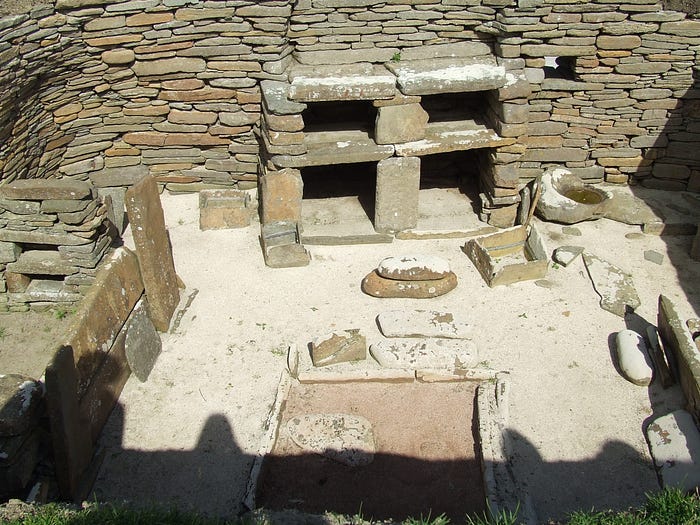Member-only story
Skara Brae: Stone Age Houses With All Mod Cons
The Orkney Islands’ contribution to the “World of Stonehenge”

Lying just north of the United Kingdom’s Scottish mainland, the archipelago of 70 islands which make up Orkney are as striking as any in more exotic locales. Swept by the warming waters of the North Atlantic Drift, they have always been a strategic hub, from the British fleets sheltering in Scapa Flow during both World Wars, way back in time to Stone Age habitation.

Orkney has some of the most spectacular Neolithic remains in Europe. Because there has been no sizeable population explosion, and the main industry remains agriculture, most monuments dating from this period remain largely undisturbed: the Stones of Stenness; the Bookan Henge; and the multitude of chambered cairns, such as Maeshowe and Quanterness. Since 2004, a seasonal excavation on the Ness of Brodgar has been revealing a multi-level settlement and ceremonial complex some 100 x 20 metres (328 x 65 feet) in size.
The settlement I particularly wanted to visit isn’t on a monumental scale. Laid bare during a storm in 1850, Skara Brae is small and intimate, yet it rewrote history by…
